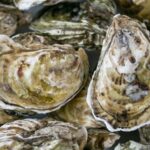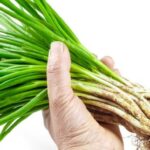Choosing fresh and safe food for the Lunar New Year is one of the most challenging tasks for homemakers. As the holiday only lasts a few days, everyone wants everything to be well-prepared, especially the ancestral altar offerings. To cook delicious and sumptuous meals, the food ingredients must be carefully selected to meet the criteria of freshness and cleanliness.
However, with a diverse range of food products available in the market, how can you tell which ones are of good quality among similar items? Check out the tips from Tintuconline below to master the art of selecting clean and safe food for your family’s Lunar New Year celebration.
Tips for Choosing Food Products for the Lunar New Year
1. Meat Products
During the Lunar New Year holiday, most shops and supermarkets are closed, so many families stock up on food items in advance. However, for pre-packaged foods, it is crucial to carefully check the expiration date and opt for products with a shorter shelf life. The longer the freezing period, the higher the likelihood of increased preservatives in the food.
Secondly, when it comes to meat, choose cuts with a dry, clean outer membrane, free from any strange substances; the characteristic bright red color is also a good indicator of freshness. Avoid meat with a slight greenish or darkish hue, lacking luster, and with a slimy membrane. Fresh and good-quality meat should be firm and elastic, leaving no indentation when pressed with a finger, and it should not feel sticky. Fresh and clean meat will not have any strange odors or a putrid smell.
Chicken
– Color: Opt for chickens with natural yellow skin, avoiding those with ivory or bright yellow skin.
– Fresh chicken will have a distinctive aroma. Be cautious if the chicken has a foul or unusual smell. To prevent buying water-injected chicken, press the suspected areas, such as the thighs and breasts. If the meat feels soft, mushy, or lacks elasticity, it is likely water-injected.
– When touching the chicken’s skin, there should be no color transfer to your hands, and the skin should be firm. To determine if the chicken has been dyed, examine the inner fat. If the fat is white while the skin is yellow, the chicken may have been treated with artificial coloring.
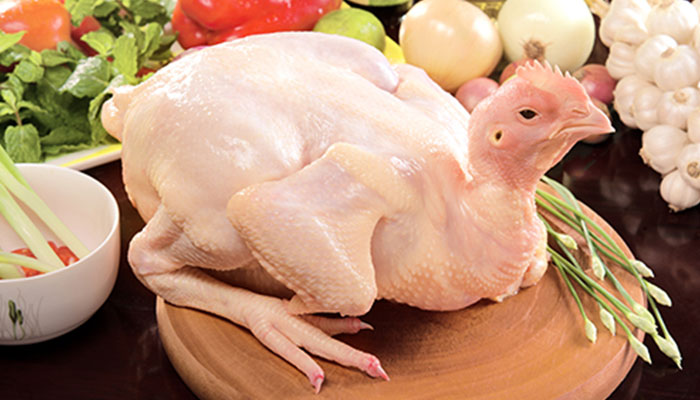
Pork
– Choose pork with a bright pink color, firm texture, and thin skin. The fat should be shiny and firm, leaving an indentation when pressed but returning to its original shape when you lift your finger. This indicates good-quality meat.
– Pork with slightly yellow fat indicates a sick pig, and the presence of white speckles suggests the presence of rice grain cysts (a type of parasitic infection).
– If the pork you purchased curls up and releases a lot of water when boiled, it has likely been injected with water.
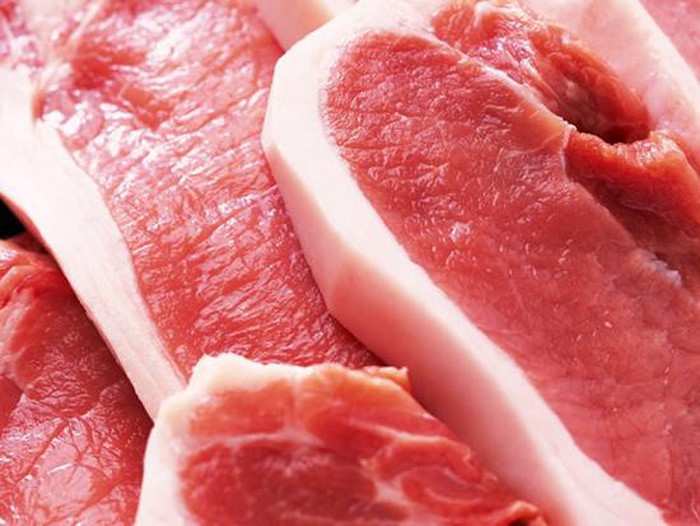
Pork Ribs
– When selecting pork ribs, consider factors such as color, smell, elasticity, and intended method of cooking.
– Fresh pork ribs should have a pinkish hue, and they should not emit any putrid odors.
– When pressed, the ribs should feel dry and quickly return to their original shape.
– Choose ribs with flat and small bones, as they will have more meat compared to larger, rounder ones.
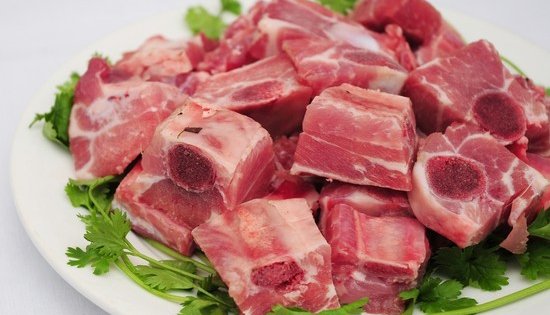
Beef
– Opt for beef with dry and bright red fibers; pale yellow fat; good elasticity; and a dry, smooth surface.
– Genuine beef has a sticky texture and a distinctive bovine odor. Even after cooking, it retains its dark pink color, sweet taste, and characteristic aroma.
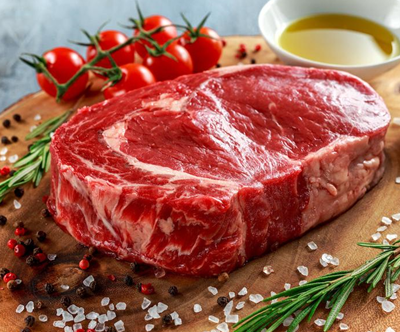
2. Fish and Seafood
– It is best to purchase fish and seafood that are still swimming in water tanks. Fresh fish have closed mouths, firm and elastic bodies that do not retain fingerprints, and shiny scales that adhere tightly to the body, free from any unpleasant odors. The gills should be a bright red color, devoid of slime or foul smell.
– Select shrimp and prawns with bright, long, and smooth shells. Choose clams, mussels, and oysters that are still alive, with tightly closed shells. For cuttlefish, opt for those with white meat resembling coconut flesh, and for squid, choose medium-sized ones that have not yet ruptured their ink sacs. For other seafood, choose fresh options with normal coloring and avoid any with a putrid smell.
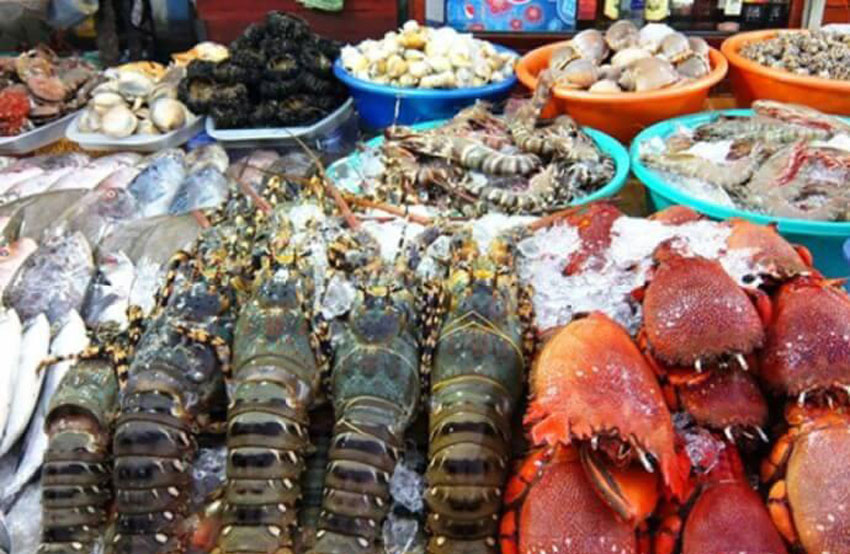
3. Vegetables and Fruits
– It is advisable to choose seasonal produce as they are more nutritious and affordable. Additionally, they are easier to grow without relying heavily on fertilizers or pesticides.
– Opt for whole vegetables and fruits with natural colors, a firm feel, and no signs of bruising or cracked skin. Local produce tends to be fresher, less expensive, and uses fewer preservatives. For imported fruits, purchase from reputable stores and ensure they are properly refrigerated.
– Refrain from buying pre-peeled and soaked vegetables in the market, as vendors may use harmful chemicals to keep them looking fresh and crisp or to extend their shelf life.
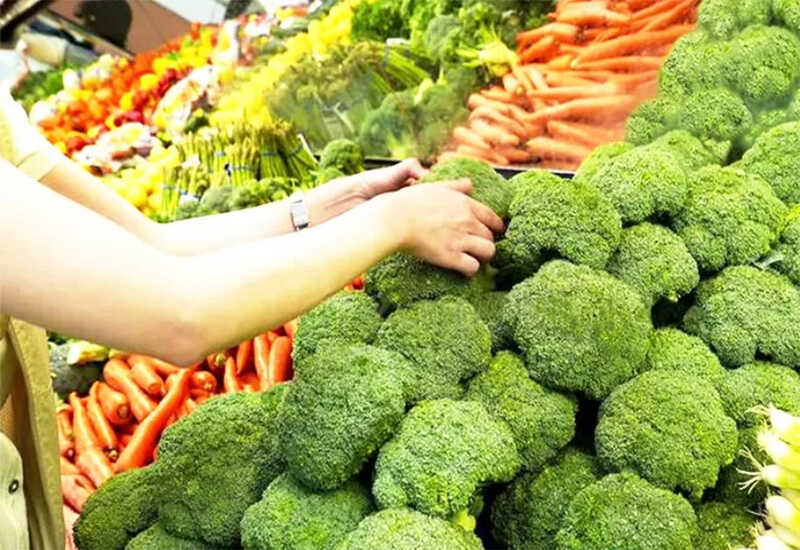
4. Cellophane Noodles
Canh miến, a traditional noodle soup, is a light and refreshing dish often enjoyed during the New Year celebrations. However, it is crucial to select cellophane noodles carefully, as some varieties may be dyed or bleached to enhance their appearance. Consuming such noodles can be dangerous to your health and may even lead to food poisoning.
– Opt for noodles with a translucent appearance and a grayish-white or off-white color. The noodles should be fine, uniform in length, and straight.
– Good-quality noodles will retain their elasticity when cooked and will not disintegrate over time.
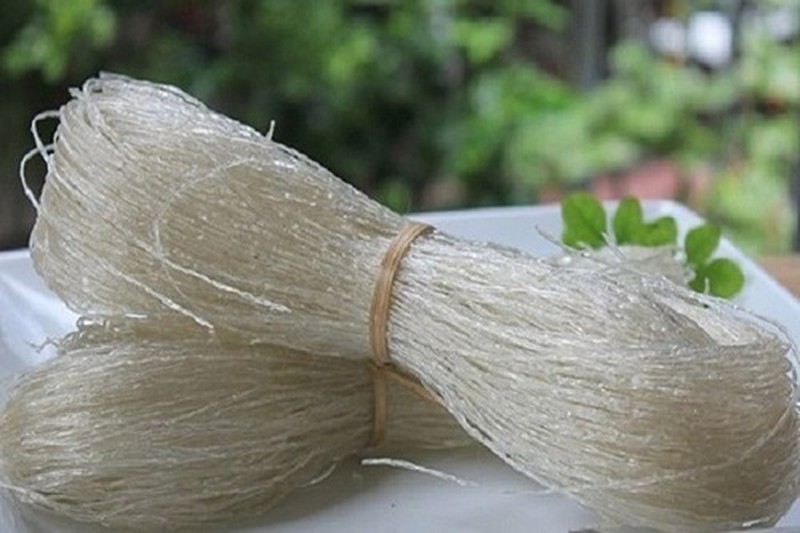
5. Dried Bamboo Shoots
Dried bamboo shoots are often preserved with sulfur to prevent mold, but excessive amounts can be harmful to your health. To safely remove sulfur from dried bamboo shoots, it is essential to soak and rinse them thoroughly, then boil and discard the water two to three times before cooking.
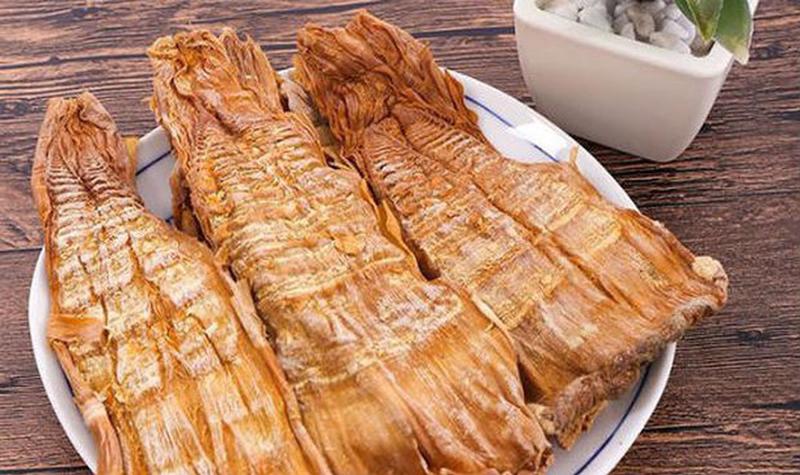
How to Choose Dried Bamboo Shoots
– Look for bamboo shoots with a light amber color, similar to the shade of amber, and intricate grain patterns, avoiding those with bright colors or a glossy appearance indicative of chemical treatment.
– The bamboo shoots should have a distinctive aroma, free from any strange or sulfurous odors, and show no signs of mold.
6. Pork Bladders
Pork bladder stir-fry is a traditional dish commonly served during the Lunar New Year celebrations. However, if you do not know how to select the right ones, you may end up with low-quality bladders that can ruin the dish with their unpleasant smell or even cause food poisoning if they are contaminated with toxins.
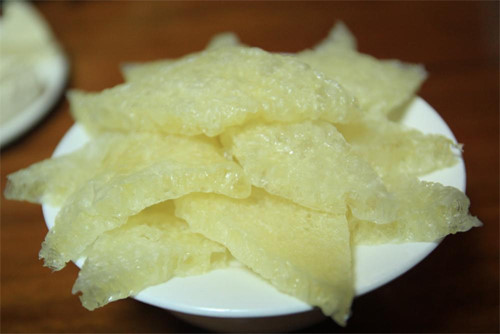
How to Choose Pork Bladders:
– Color: Clean pork bladders have a pinkish-white color and a thin layer of white fat within the bladder.
– Fresh pork bladders have a crisp and chewy texture, while those of inferior quality lose their crispness quickly.
– Clean pork bladders have a distinctive aroma, whereas contaminated ones may emit a foul or chemical smell.
7. Pork Sausage
How to choose pork sausage that is delicious and safe, free from harmful substances like borax:
– When cut, good-quality pork sausage should have a fine, moist texture with some airy pockets.
– It should taste sweet and meaty, without any bitterness.
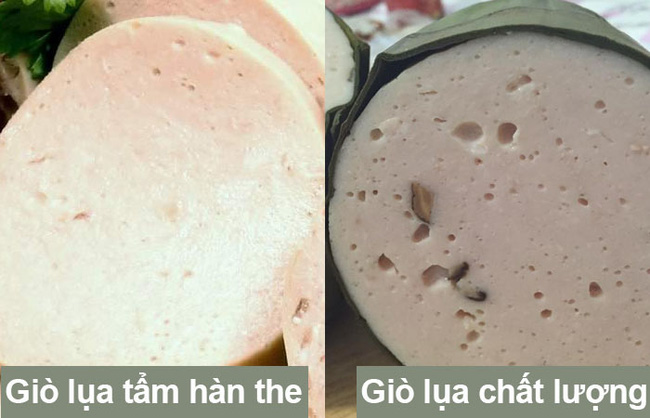
By An Nhiên – Vietnamnet
“The Great Pork Mystery: Unraveling the Smelly Truth”
Pork is a versatile meat that is a staple in many homes, with sisters often taking charge of cooking delicious meals for their families. Today’s younger generation, however, prefers to purchase their meat from supermarkets, a shift from the older generation. This preference is twofold: firstly, it ensures quality assurance and, secondly, it offers clear and concise labeling, making the selection process much simpler.
Preserving Green Onions: Skip the Fridge and Try These Two Tips Instead for Long-Lasting Freshness
Onions are a staple ingredient in many dishes and for good reason. This humble vegetable is a powerhouse of flavor and aroma. When added to soups, a sprinkle of chopped onion works wonders to neutralize any fishy odors and enhance the fragrance of the broth. But its versatility doesn’t stop there; it’s also a fantastic garnish, adding that extra touch of flavor and color to any meal.
Should You Choose Large or Small Carrots When Shopping?
Carrots have earned the nickname “little ginseng” due to their abundant nutrient content, especially carotene. This humble root vegetable is a staple in households across the globe. To ensure you’re getting the best carrots, packed with flavor and nutrients, here’s a quick guide on how to select the finest ones.



























